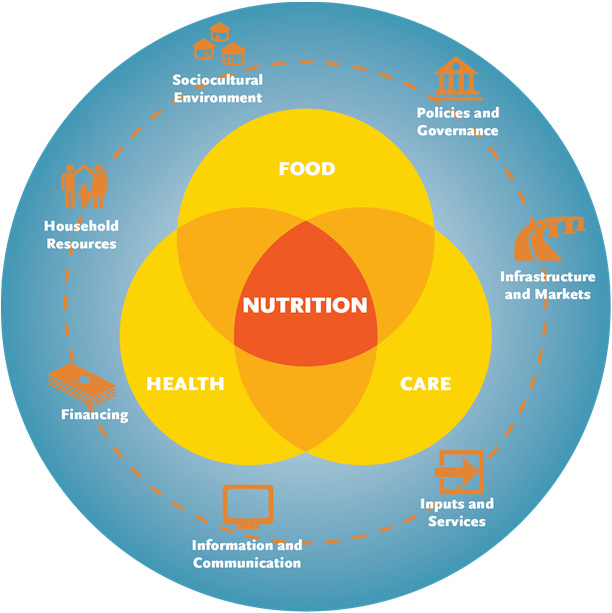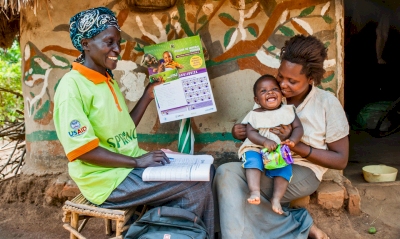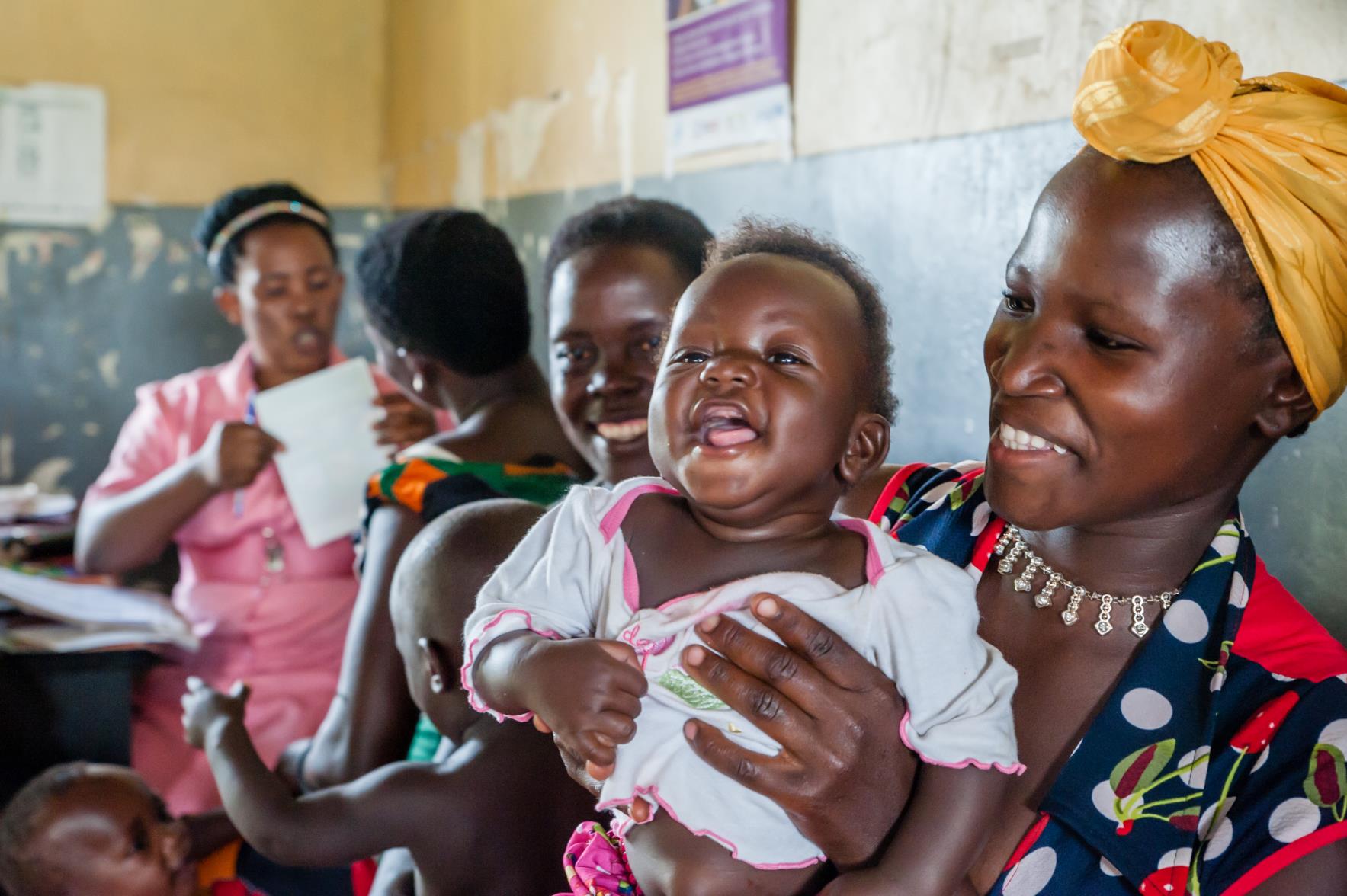Applying Systems Thinking for Nutrition
Practitioners working in nutrition must start thinking about the effect food, health, and education systems have on nutrition practices and outcomes.
Practitioners working in nutrition must start thinking about the effect food, health, and education systems have on nutrition practices and outcomes.

Today, the world faces a double burden of malnutrition, with almost three billion people suffering from either undernutrition or overweight (FAO 2013). No country is untouched by this crisis.


Getting nutrition commitments cemented into other sectors' plans and strategies at global, national and program levels will demand lengthy and sensitive negotiation, backed up wi

The SPRING project, funded by USAID, launched activities in Uganda in April 2012, to work toward reductions in stunting and maternal and child anemia and proportion of children and adults with severe acute malnutrition.
SPRING’s major accomplishments in Uganda fall into five categories:
Sufficient funding is needed to address malnutrition, yet despite recent progress, it is still difficult to accurately estimate the available financing for nutrition because of its multi-sectoral nature and varied financing sources. To address this gap in data, USAID’s SPRING project developed a practical, user-friendly nutrition budget analysis tool and accompanying users guide in 2015.
SPRING is hosting a workshop on our methodology and tool to track nutrition funding.
Malnutrition is a leading cause of many health problems across the globe, yet current funding is insufficient to address the problem. Securing adequate funding requires understanding how much funding has already been allocated to nutrition and how much and where the funding gaps are.

Nutrition budget and expenditure analysis determines how much has been allocated for nutrition over time, by various sources, and at the national and sub-national level.
Nutrition budget analysis determines how much much money has been allocated to and/or spent on nutrition over time, by various sources, and at the national and sub-national level. This infographic summarizes a report that synthesizes information from 11 countries to better understand how they have used findings from their budget analysis activities to improve decision making regarding funding allocations and expenditures for nutrition.